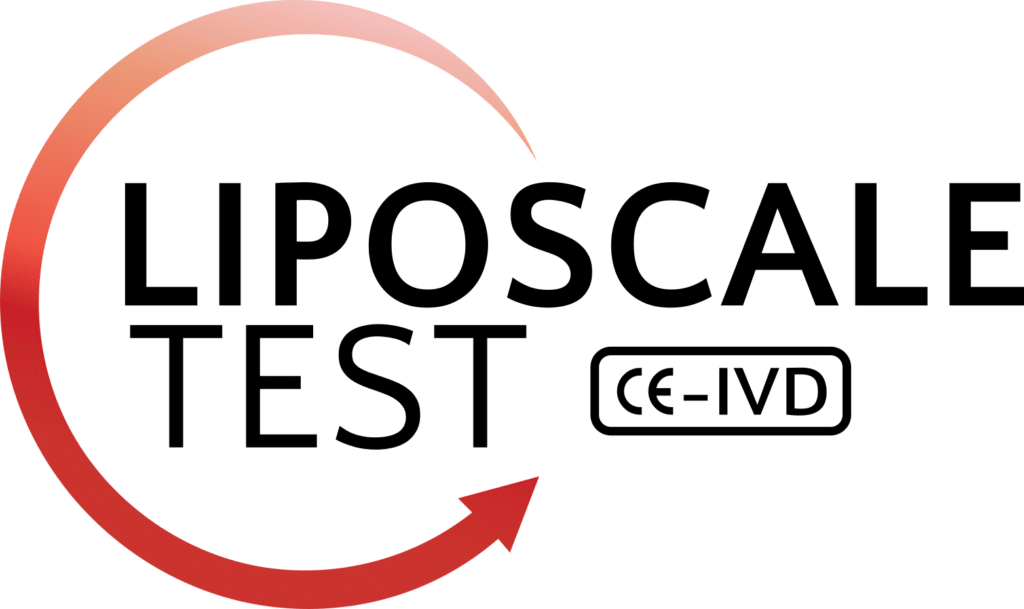Aims: The impact of glycemic optimization on lipoprotein subfraction parameters in apparently normolipidemic subjects with new-onset type 1 diabetes mellitus (T1D) was examined.
Methods: We evaluated the serum lipid and advanced lipoprotein profiles in twenty subjects at onset of T1D and twenty non-diabetic controls by laboratory methods and 1H NMR spectroscopy shortly after diabetes diagnosis (baseline), and after achieving optimal glycemic control (HbA1c ≤ 7.0%).
Results: Advanced lipoprotein analysis revealed a significant reduction from baseline in serum concentrations of triglycerides (TG), cholesterol (C), and apolipoprotein (Apo)B-containing lipoproteins of treated subjects (VLDL-TG: -21%, IDL-TG: -30%, LDL-TG: -34%, LDL-TG: -36%, P < 0.05; VLDL-C: -23%, IDL-C: -44%, LDL-C: -16%; p < 0.05). Decreased VLDL and LDL lipids were mainly attributed to concomitant reductions in the concentration of medium-sized VLDL (-36%) and medium-sized LDL (-31%) and, to a lesser extent, to large-sized LDL (-14%). Notably, proatherogenic IDL characteristics and related surrogates of atherogenicity were resolved upon achievement of optimal glycemic status. Moreover, the concentration of HDL-TG was also reduced (-18%) at follow-up.
Conclusions: Our data showed that the achievement of optimal glycemic control after T1D onset corrected hidden derangements in ApoB-containing lipoproteins (particularly IDL) and HDL-TG that are related to higher cardiovascular risk in poorly controlled T1D.


